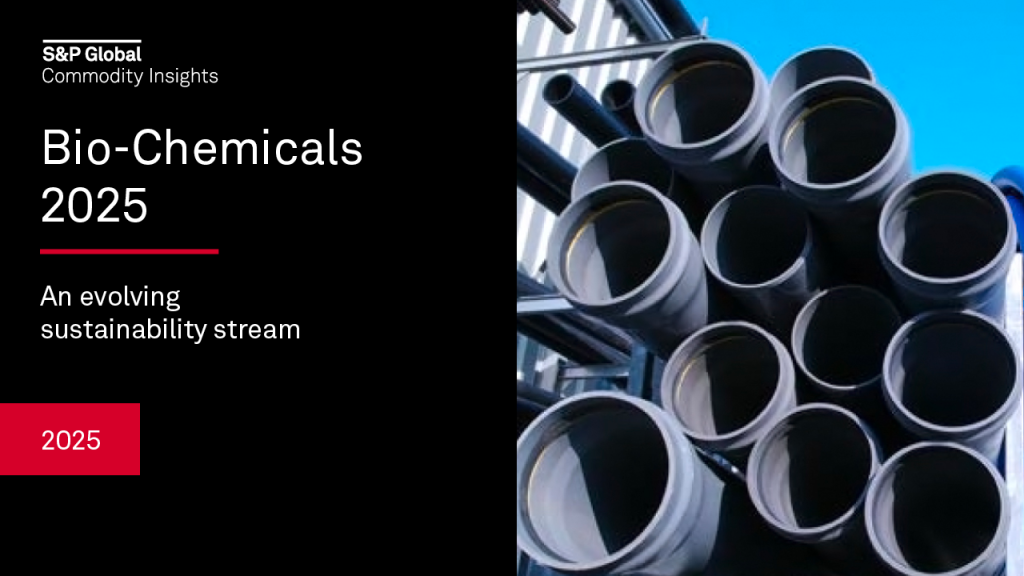Mizuho and Sumitomo boost market for carbon removals
The Japanese heavyweights "expand the category" in a market dominated by U.S. tech companies — and not a moment too soon. Read More

Advocates for carbon removal have long warned of a problem: Because a handful of buyers are responsible for the large majority of purchases, the supply side of the market is not growing fast enough to provide the gigatons of removals the Intergovernmental Panel on Climate Change says will be needed by mid-century.
But now comes tentative evidence that major Japanese companies may help fill that gap.
Mizuho, a Japanese bank with $2 trillion in assets, announced this week it will join NextGen CDR, a company that connects large buyers with carbon removal projects. And a partner working with another major Japanese business, the industrial conglomerate Sumitomo, recently told Trellis that the company intends to purchase 500,000 high-durability credits annually — a significant buy for the nascent removals market.
Prioritizing durability
NextGen is a joint project between climate consultancy South Pole and Mitsubishi, another Japanese conglomerate. The company connects buyers with removal technologies that guarantee to store carbon for at least 1,000 years. These include biochar, direct air capture and storage of carbon from sustainably sourced biomass. NextGen targets an average price of $200 per ton, a relatively low figure in a market where credits can run to $1,000 per ton, and counts Boston Consulting Group, Swiss Re and UBS as founding buyers. Mizuho is the first new buyer to join since NextGen’s launch in 2022.
“It’s very exciting for us — and also reassuring,” said Patrick Bürgi, NextGen’s chairperson and a co-founder of South Pole, referencing recent setbacks in corporate action on climate, including the decision by some large companies to water down emission targets. Bürgi did not disclose the amount Mizuho will spend or the quantity of credits the company will acquire. Data from CDR.fyi, a firm that tracks removal purchases, shows that NextGen has purchased 212,000 credits to date.
In Sumitomo’s case, the purchases are being handled by Carbon Direct, a carbon management firm. An annual purchase of half a million tons would mark the arrival of a significant new entrant into the removals market. The leaderboard of cumulative sales compiled by CDR.fyi is topped by Microsoft (8.2 million tons), a buyers’ coalition known as Frontier (1.1 million) and Google (0.5 million). If its plans are executed, a single year of purchases would put Sumitomo in fourth place.
Demand surge
Micah Macfarlane, chief supply officer at Carbon Direct, noted that as well as seeking to offset its own emissions, Sumitomo is also interested in selling removal credits to other companies. The Japanese government is establishing a trading scheme as part of its Green Transformation (GX) initiative, a decade-long effort to decarbonize the country’s economy. Participation in the GX-ETS will transition from voluntary to mandatory next year and the roughly 750 companies covered by the scheme are responsible for more than a half of Japan’s emissions, according to an analysis by CDR.fyi. Companies in the scheme are allowed to use credits to offset up to 5 percent of annual emissions, which Allied Offsets, a provider of data on carbon markets, estimates could generate demand for around 40 million tons of credits annually.
That level of demand would outstrip current supply of removals, but Bürgi questioned the likelihood of the trading scheme alone making it happen. He pointed out that participants in the GX-ETS will only use removals to offset emissions if those credits are cheaper than mitigation efforts, which, given the price of high-durability removals, may not be the case. Even when it’s cheaper to offset than mitigate, added Bürgi, avoided-emission credits from forest protection and other projects will likely prove more cost-effective.

Subscribe to Trellis Briefing
Featured Reports

The Premier Event for Sustainable Business Leaders
















